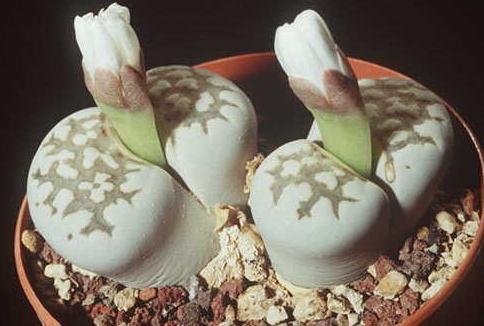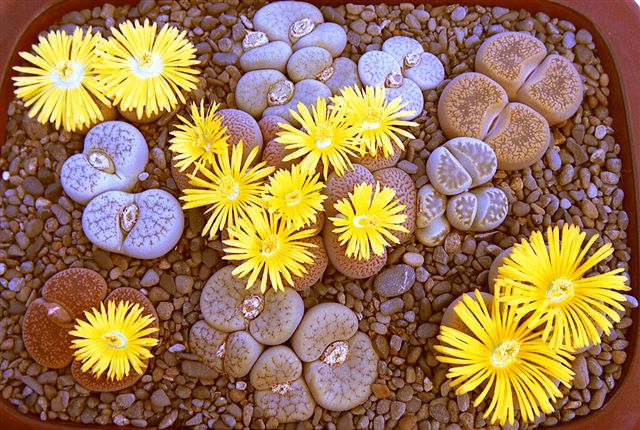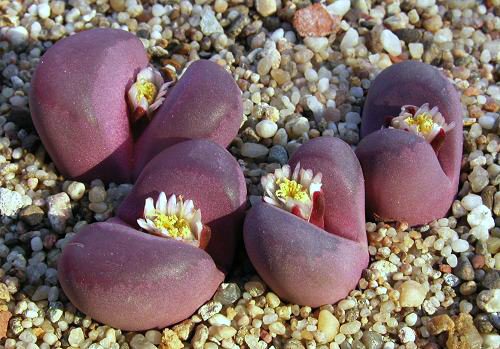
Photographer Pieter Hugo writes:
"A few weeks later I was on a plane to Lagos. Abiola met me at the airport and together we took a bus to Benin City where the ‘hyena men’ had agreed to meet us. However, when we got there they had already departed for Abuja. In Abuja we found them living on the periphery of the city in a shantytown - a group of men, a little girl, three hyenas, four monkeys and a few rock pythons. It turned out that they were a group of itinerant minstrels, performers who used the animals to entertain crowds and sell traditional medicines. The animal handlers were all related to each other and were practicing a tradition passed down from generation to generation"

Photo Credits: Pieter Hugo
"Although a few people in Africa and Asia find very young hyaenas in nature and raise them as pets, these animals generally appear to be extremely unhappy as “domestic companions” as adults, and must often be kept muzzled at all times so that they do not harm people or property.
A muzzle prevents the hyaena from being able to groom itself properly. As spotted hyaenas need several years of practice to become proficient hunters, and as they are deprived of this practice when reared as pets, it is effectively a death sentence for a captive-reared hyaena to be released into the wild.
In addition, pet hyaenas cannot be released for fear that they might transfer new pathogens from captive environments into the wild. Upon reaching adulthood, many "pet" hyaenas must therefore be euthanized."
.
.JPG)




.jpg)
.JPG)


























